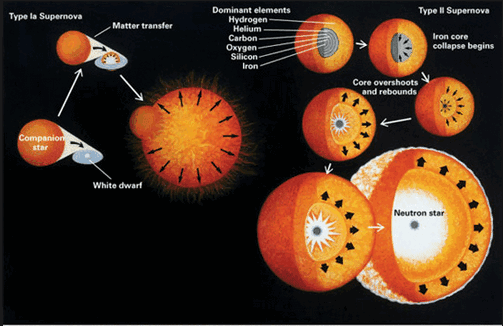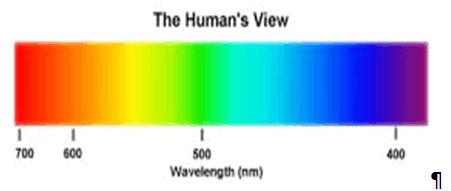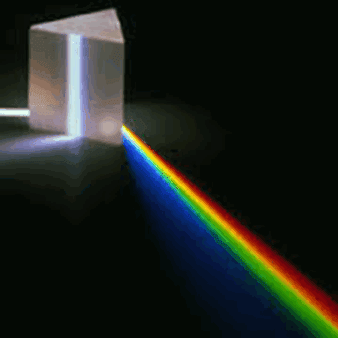The resolution of a prism is limited by its size; a larger prism will provide a more detailed spectrum, but the increase in mass makes it unsuitable for highly detailed work. This issue was resolved in the early 1900s with the development of high-quality reflection gratings by J.S. Plaskett at the Dominion Observatory in Ottawa, Canada. Light striking a mirror will reflect at the same angle, however a small portion of the light will be refracted at a different angle; this is dependent upon the indices of refraction of the materials and the wavelength of the light. By creating a "blazed" grating which utilizes a large number of parallel mirrors, the small portion of light can be focused and visualized. These new spectroscopes were more detailed than a prism, required less light, and could be focused on a specific region of the spectrum by tilting the grating.
The limitation to a blazed grating is the width of the mirrors, which can only be ground a finite amount before focus is lost; the maximum is around 1000 lines/mm. In order to overcome this limitation holographic gratings were developed. Holographic gratings use a thin film of dichromated gelatin on a glass surface, which is subsequently exposed to a wave pattern created by an interferometer. This wave pattern sets up a reflection pattern similar to the blazed gratings but utilizing Bragg diffraction, a process where the angle of reflection is dependent on the arrangement of the atoms in the gelatin. Holographic gratings can have up to 6000 lines/mm and can be up to twice as efficient in collecting light as blazed gratings. Because they are sealed between two sheets of glass, holographic gratings are very versatile, potentially lasting decades before needing replacement.




















0 comments:
Post a Comment